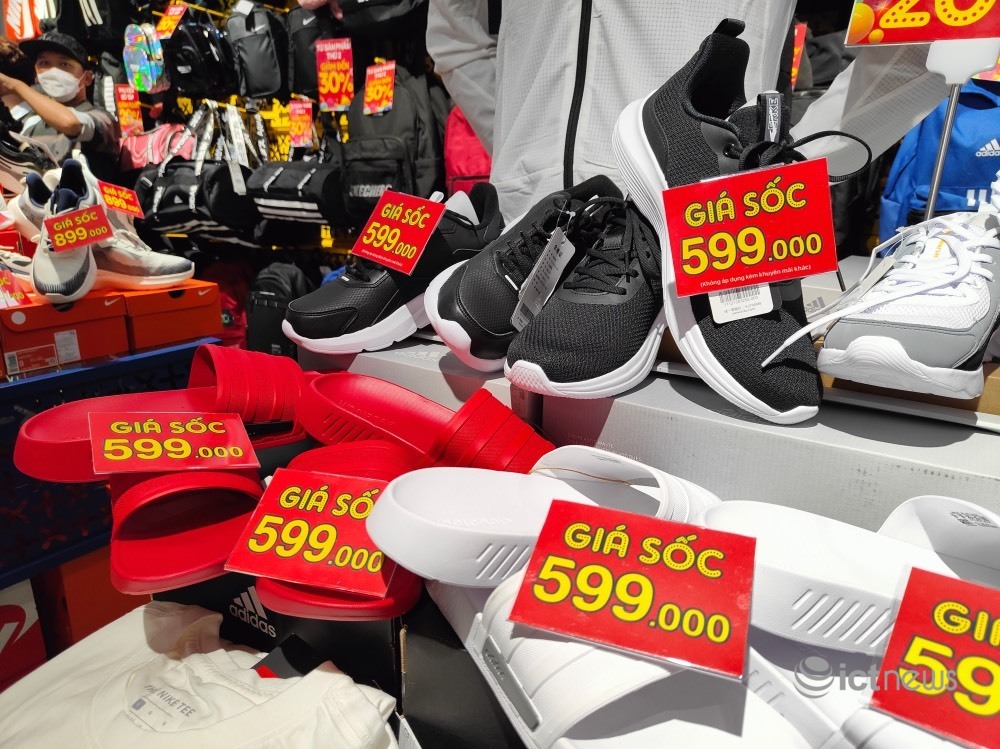 |
After two years of the epidemic, which disrupted supply chains and stagnated businesses, Vietnamese businesses believe that the trend of omni-channel sales, combined with digital transformation, will help them develop in the new period.
A report by TMX, a business transformation consulting firm in the Asia-Pacific region, shows that 68% of Vietnamese business leaders in particular and 40% of regional leaders have invested in a multi-channel strategy as a way to build a foundation for future growth. About 76% of businesses in Vietnam (46% of the whole region) also consider investing in omnichannel sales as a top priority in the next three to five years.
This trend reflects the actual social situation in the current period, when consumers are getting used to buying goods through e-commerce channels, and at the same time are starting to return to traditional shopping methods as social distancing measures are eased.
James Christopher, President of TMX Asia, said the difficulties of the two years of the pandemic have made businesses realize how to improve their supply chains and operations in the future.
The survey shows that about 62% of Vietnamese enterprises and 52% of enterprises in the region have begun to diversify their supply sources. At the same time, 34% in Vietnam and 35% of the region actively assessed and reconsidered their dependence on third-party suppliers.
In fact, depending on a unit to supply or transport goods will make businesses passive in the current business context. During the epidemic period in Vietnam, many e-commerce shoppers complained about the slow delivery of goods. Part of the reason is that warehouses or transport units have employees who had to temporarily stop working after contracting Covid-19. The diversification of supply or logistics units is necessary in this new context.
In Vietnam, new business models have emerged after the pandemic. According to the Vietnam Logistics Research and Development Institute (VLI), one of the main strategies is to diversify suppliers to minimize risks.
According to the report, in the future, business owners must catch up with the wave of digital transformation, ensuring that the online supply chain blends seamlessly with the physical supply chain to complete the business model.
Research shows that 80% of regional leaders and 60% of Vietnamese leaders believe that more technology applications and digital tools will be deployed in the future. At the same time, 82% (the whole region) and 58% (Vietnam) said that they would prioritize applying digital solutions in business activities if they do not face cost barriers after the pandemic.
Hai Dang

Millions of farmers learn how to do business on e-commerce platforms
Under a plan of the Ministry of Information and Communications (MIC), 100 percent of farming households on e-commerce platforms in 2022 will be trained in digital skills and doing business on e-marketplaces.

Online retail popular in pandemic
The Covid-19 pandemic has created the right conditions for online retail selling and the year 2021 saw a strong growth for many essential and even some luxury items.